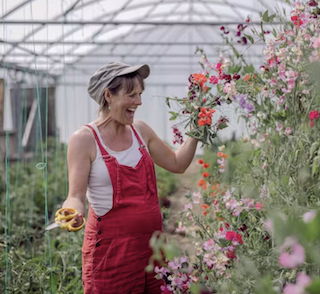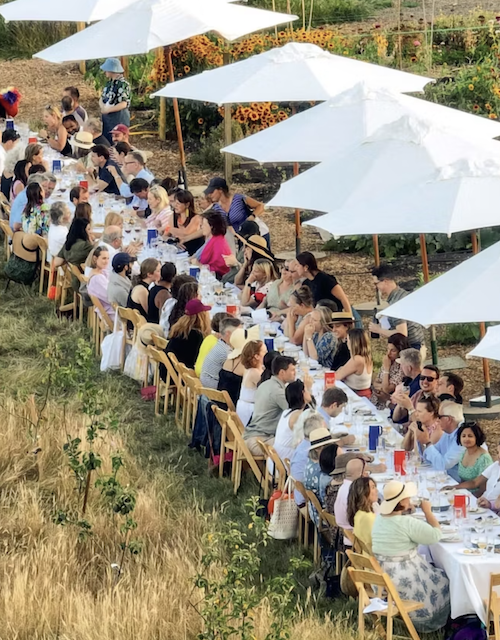Post
BOOK REVIEW | Londoners Making London : Transforming Neighbourhoods
16 May 2024
By Jan Kattein
Reviewed by Barry Coidan
Jan Kattein's aim is laudable – to show that local, committed, community-based action in a seemingly anonymous city can bring about serious change and growth – both personal and wider.
Jan interviewed each of “the movers and shakers” in the nine projects , which are transcribed onto the page. The aim I assume is to allow us to hear their story in their own voice.
Check out our rundown of upcoming events
It says more about me than “the actors” in that I had little sympathy for some of the projects whereas in other cases I was bowled over by their endeavours.
There are four chapters headed Chapter 1: Ecology +Leadership; Chapter 2: Enterprise + Learning; Chapter 3; Building + Making; Chapter 4: Temporality + Activation. Each chapter illustrated by two case studies ( Chapter 2 had three studies) and an end piece: Creativity, Authorship + Governance.
In Chapter 1 we met Jane Riddiford and her creation The Skip Garden in King’s Cross and Sitopia Farm’s instigator Chloe Dunnett in Welling. Both admirable endeavours and achievements with lovely photographs illustrating both projects but… by the end I was tired of being told how bad was the current state of the world.
In chapter 2 we’re introduced to Thornhill Library in Islington– which grew out of the parents’ concern how government cuts would impact on the kids’ education at the infants school. They set about raising funds to build a library. The project also aimed at drawing in the wider community as well as delivering a well thought-out, playful library.
Subscribe to the London Society newsletter
What you learn, however, is the influence of the middle classes and their connections. To quote Emily “We are really lucky. We had parents who are very well connected and well resourced.” Good on them, that helped provide a new resource for the kids of all classes in the neighbourhood.
I won’t review all the case studies, but there are two which warrant attention.
Blue House Yard in Wood Green in Chapter 3 Building + Making has Alice Hardy site managing this “temporary” space. What I found delightful was how Alice, an architectural student, took on a really hands-on role. She had little or no experience of actually building something – a frequent comment of hers was how architects design, plan, draw but very rarely get their hands dirty – managing the challenges a build involves. The old car park was transformed into a really useful space for small start-ups and a welcoming destination for shoppers and diners. Alice learnt, on the job, all aspects of the building/construction business and how chaotic it can be. That didn’t stop her. She brought in and encouraged students from a local building college to work professionally. She even learnt to drive a double decker bus, which on site has been transformed in a restaurant and bar.
Then there’s African Street Style in Hackney in Chapter 4. After the 2012 Olympics Jeffrey Lennon saw the need for local community to engage in their local neighbourhood. In 2013 African Street Style – a modest street party took place on Calvert Avenue. The site was significant – part of the Boundary Estate the earliest social housing development by the London County Council in 1890.
The 2013 event attracted two hundred people - and in 2015, thousands were there! Its success is due in part the location. The engagement of a local photographer Hassan and another shop owner Samson. Using the high-end clothes Samson designed and Hassan’s photographs of the clothes, this set the tone for the street style. These reflected the brightness and brashness of the event. It was after all a street party.
Jeffery explained that the main task was closing the street. People were concerned how that would affect them, but no one objected. Making the space attractive and welcoming, getting people engaged and involved, and getting and keeping the Council on side: all this contributed to a fun day out. No message, no great statement. Just a desire the bring people together and share a heritage.
There’s much to enjoy and learn from this series of case studies. Endeavour, idealism, working with people, influencing and satisfaction in the doing and completing. And bringing community (back) into “London’s villages.”

